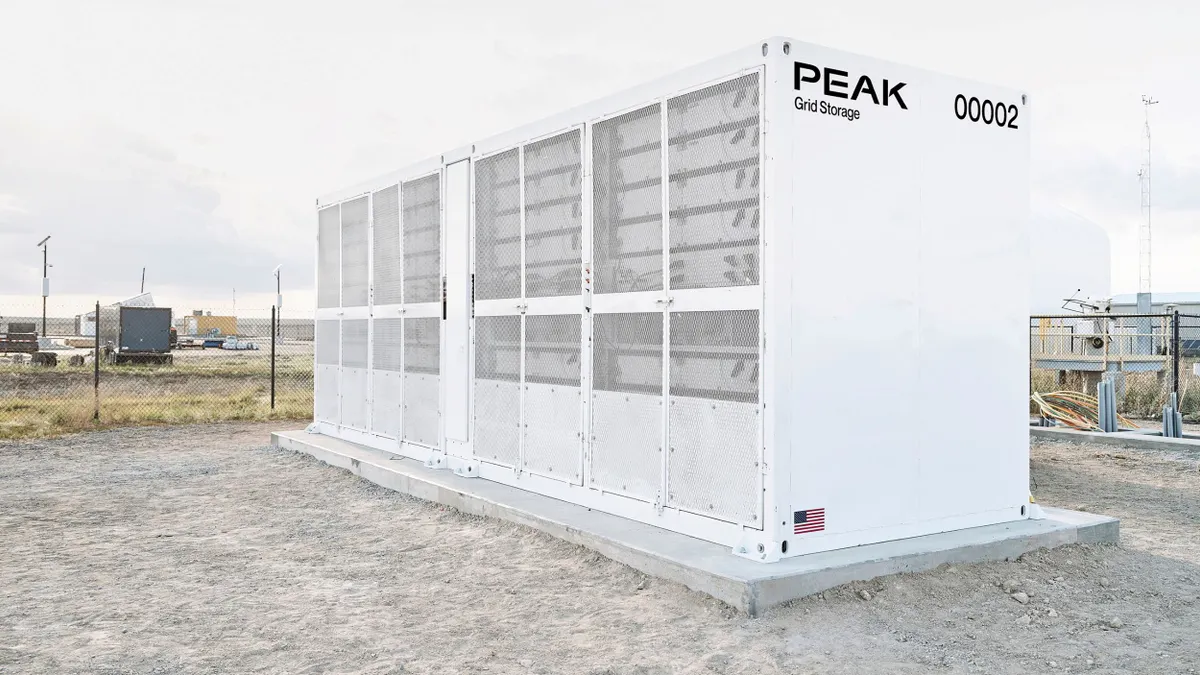It’s no secret that distributed energy resources (DERs) like batteries, electric vehicles, and smart thermostats are key to a decarbonized future. But there is less consensus around how to manage them.
Given the rapid growth of distributed energy, most utilities agree that they will eventually need a DERMS (distributed energy resource management system). But different teams have different visions for what DERMS should do. Distribution teams want to improve operations, power supply teams want more peak capacity, demand response teams want a customer-centric solution, and IT teams need a secure solution that integrates easily with other IT systems.
Can utilities solve these disparate challenges in one system? The answer is yes — when we recognize that DERMS is a system with multiple components working together. Below, we dive into the needs of four teams that rely on DERMS, and share recommendations on how to select a platform that will meet everyone’s objectives.
Distribution operations manager: "A DERMS should improve distribution operations."
Utility distribution network operations teams want sophisticated control-room software that operates in concert with their grid management systems. Their goal is to ensure that local power distribution systems operate safely and reliably, given the impact of DERs on grid operations.
What to look for: A platform that supports deep coordination between a grid analytics system that can identify where DERs can address problems in distribution circuits, and a DER optimization and communication system that can deliver the grid services needed to solve distribution system problems.
Power supply manager: "A DERMS should provide reliable capacity and save us money."
Power supply teams need to ensure that the utility has enough power generation and transmission resources to meet customer demand every hour of every day. These teams are interested to know how virtual power plants (VPPs) built from DERs can reduce the cost of grid operations and balance renewables, while providing the same (or better) levels of reliability, dispatchability, and telemetry as they get from conventional resources.
What to look for: A solution that enables utilities to build GW-scale VPPs and then enables VPPs to reliably deliver grid flexibility when the grid needs it most.
Demand response manager: "A DERMS needs to have great enrollment and reporting features."
Demand side management and electrification teams have managed DER programs for years and see DERMS as a tool for engaging customers and their devices. They want a system that can help design and implement complex customer programs that turn DERs into cost-effective grid resources.
What to look for: Software that has a proven track record of engaging customers and enrolling devices at scale. The platform should also provide insights after the program is up and running to accurately report on performance and cost-effectiveness.
IT manager: "A DERMS needs to make it easy to connect with other systems."
IT departments need a DERMS that supports financial agreements and software interconnections within a rapidly growing ecosystem of distributed energy device manufacturers,third-party VPP aggregators and internal software systems, while also meeting cyber-security requirements.
What to look for: A credible software provider, with third-party cyber-security certification, that has developed lasting relationships and seamless interconnections with a broad range of DER manufacturers and utility software vendors.
The three elements of a DERMS
Given the diversity of viewpoints about what a DERMS is and what it should do, it can be challenging to identify the right platform. The key is to think of a DERMS as multiple elements working together seamlessly, rather than a single monolithic system. EnergyHub has found it useful to reimagine DERMS as three key elements working together:
1. VPP management: The foundational function of a DERMS is the enrollment of DERs into programs and joint optimization of these VPPs to optimize bulk grid reliability and economics. This element manages system peaks and shifts load automatically to reduce grid operating costs and emissions.
2. Grid analytics: Built on this foundation is a network management solution in two parts. The first part is a grid analytics layer that is deeply integrated with utility control room software such as the Advanced Distribution Management System (ADMS). This element identifies risks in distribution networks, such as potential voltage violations or transformer overloads.
3. Network support: Once identified, the grid analytics layer communicates with a grid optimization layer that we call the network support engine. The network support element works closely with both the VPP management and grid analytics layers to optimize DER behaviors for both bulk grid and network management use cases.
When these three elements work together effectively, IT teams have a system that greatly simplifies their work. DSM teams can build customer programs that generate value for both customers and the grid. Power supply teams are able to rely on VPPs as valuable elements of their generation portfolio and distribution operations teams can leverage DERs to improve grid operations. By solving these needs and requirements, DERMS can unite multiple utility teams and unlock the tremendous financial and decarbonization benefits of DERs.










